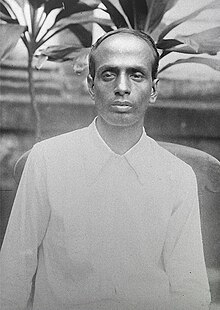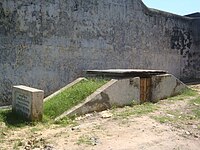The Revolutionary movement for Indian Independence was part of the Indian independence movement comprising the actions of violent underground revolutionary factions. Groups believing in armed revolution against the ruling British fall into this category, as opposed to the generally peaceful civil disobedience movement spearheaded by Mahatma Gandhi.

Ambika Chakrabarty was an Indian independence movement activist and revolutionary. Later, he was a leader of the Communist Party of India and a member of the West Bengal Legislative Assembly.

Ganesh Ghosh was an Indian independence activist, revolutionary and politician.

Harigopal Bal or Baul popularly called as Tegra was a Bengali revolutionary who took part in revolutionary activities against British rule in India.

Khelein Hum Jee Jaan Sey is an Indian Hindi-language historical action-adventure film directed by Ashutosh Gowariker and released on 3 December 2010. Starring Abhishek Bachchan, Deepika Padukone and Sikandar Kher, it was based on Manini Chatterjee's Do and Die, an account of the 1930 Chittagong armoury raid.
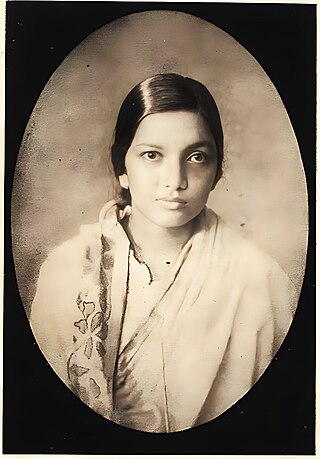
Kalpana Datta, also Kalpana Joshi, was an Indian independence movement activist and a member of the armed independence movement led by Surya Sen, which carried out the Chittagong armoury raid in 1930. Later she joined the Communist Party of India and married Puran Chand Joshi, the general secretary of the party in 1943.

Chittagong is a 2012 Indian historical war drama film directed by Bedabrata Pain. It stars Manoj Bajpayee in the lead role and is based upon events of British India's Chittagong Uprising. The film features music by trio Shankar–Ehsaan–Loy and sound by Resul Pookutty. The world premier of film was on 10 April 2012. Chittagong released on 12 October 2012 and nett grossed Rs 3.1 million at the Indian box office. This movie won the 60th National Film Awards for the Best Debut Film of a Director.

Subodh Roy was an Indian revolutionary socialist who was influential in the Indian independence movement, and a politician.
Ananta Lal Singh was an Indian revolutionary, who participated in the Chittagong armoury raid in 1930. Later, he founded a far-left radical communist group, the Revolutionary Communist Council of India.

Lokenath Bal was an Indian independence activist and a member of the armed resistance movement led by Surya Sen, which carried out the Chittagong armoury raid in 1930. Later, he joined the Indian National Congress. After the Indian independence, he worked as an administrative officer in the Calcutta Corporation till his death.
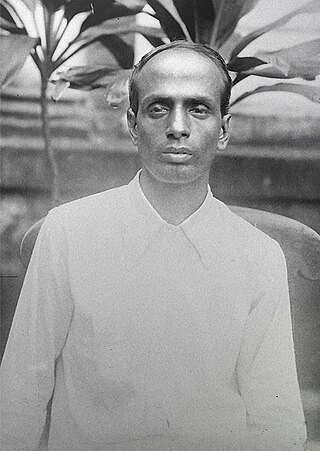
Surya Sen, also known as Surya Kumar Sen, was an Indian revolutionary who was influential in the independence movement against British rule in India and is best known for leading the 1930 Chittagong armoury raid.
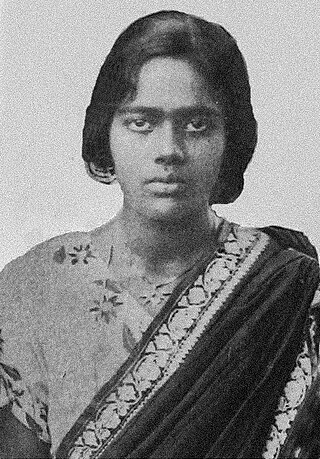
Pritilata Waddedar was an Bengali revolutionary nationalist from the Indian subcontinent who was influential in the Indian independence movement. After completing her education in Chattogram and Dhaka, she attended Bethune College in Kolkata. She graduated in philosophy with distinction and became a school teacher. She is praised as "Bengal's first woman martyr".
Narayan Sen (1912–1956) was a Bengali revolutionary in the Indian independence movement. He was born in British India, present-day Bangladesh. His father's name was Sureshcharan Sen.

Suhasini Ganguly was an Indian woman freedom fighter who participated in the Indian independence movement.

Jiban Ghoshal alias Makhanlal was an Indian independence activist and a member of the armed resistance movement led by Masterda Surya Sen, which carried out the Chittagong armoury raid in 1930.

Tarakeswar Dastidar was an Indian independence activist. He participated in the Chittagong armoury raid, along with Surya Sen and others on 18 April 1930.
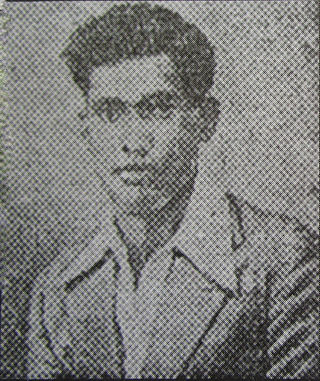
Rajat Sen alias Rajat Kumar Sen was a Bengali revolutionary who joined in the Chittagong armoury raid. He died in a Kalarpole encounter with the Indian Imperial Police.
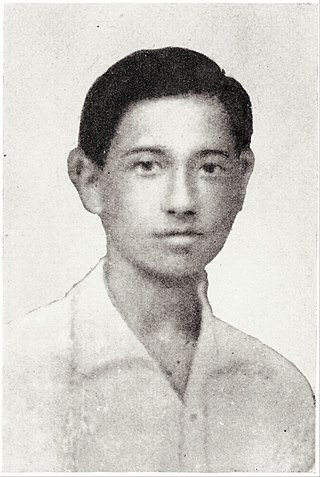
Deba Gupta alias Deba Prasad Gupta was a Bengali revolutionary who joined in the Chittagong armoury raid. He died in a Kalarpole encounter with the British police on 6 May 1930.

Ramkrishna Biswas was an Indian revolutionary and martyr. He was an active member of Surya Sen's revolutionary group.
Monoranjan Sen was one of the martyred Bengali revolutionaries of the Indian independence movement in British India.
